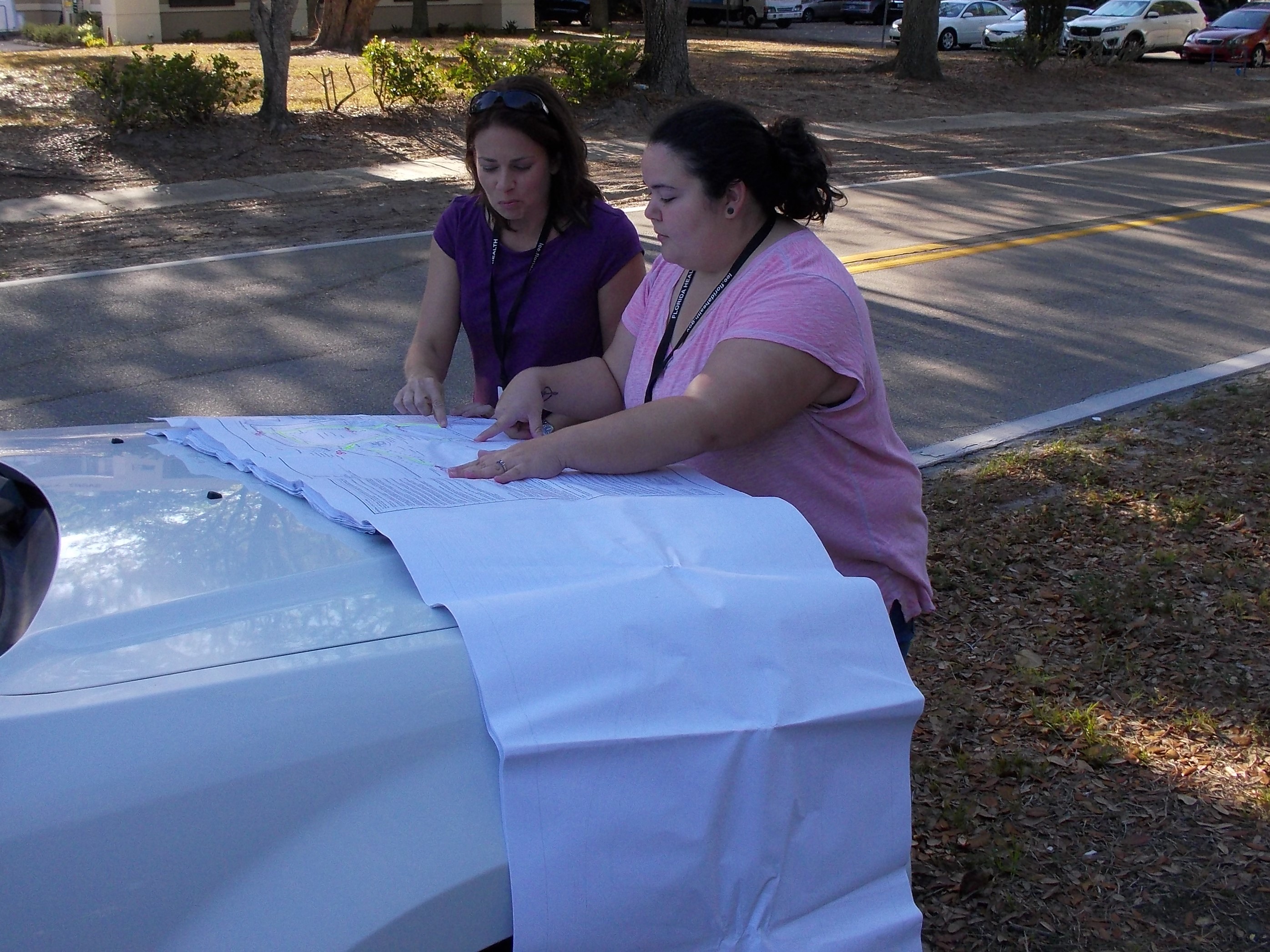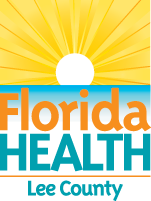It's a New Day in Public Health.
The Florida Department of Health works to protect, promote, and improve the health of all people in Florida through integrated state, county, and community efforts.
National Public Health Week: An Inside Look at a Couple of Careers Behind Public Health in Florida and the People Who Do Them
April 07, 2017
Florida Department of Health in Lee County
Angela.Swartzman@flhealth.gov
239-461-6150
Fort Myers, Fla. – The first week of April is National Public Health Week and the Florida Department of Health is giving Floridians an inside look at some of the careers behind public health and the dedicated professionals who do them.
For the Florida Department of Health-Lee, we would like to highlight two Environmental Engineering staff. Stacy Nichols, an Environmental Specialist I, and Andrea Garcia, E.I. an Engineering Specialist III.
Can you describe the work you do?
The Florida Department of Health in Lee County’s Environmental Health and Engineering Division has several job duties. However, the primary objective of our Division is to ensure the public is receiving safe drinking water. This involves collecting compliance samples at various locations throughout the county, and then having the samples analyzed for bacteria. We also conduct compliance inspections at public water systems. These inspections can identify problems with the water treatment plant that could potentially impact water quality. We work with water treatment plant owners and operators to offer compliance assistance, or when necessary, take enforcement action. When the public contacts our office to report a drinking water complaint or concern, we investigate and report the findings to the complainant and notify the water plant when necessary. We also receive permits for water main replacements, extensions, and installations. When looking at permits, we must look at pipe size and material, and ensure that samples are taken at the correct locations. When clearing previously approved permits, we must verify the bacteriological sample and pressure test represent the section of line they want to clear.
How would you describe your path to public health?
Drinking water affects everyone, so what could be more important than making sure the public has safe drinking water? For us, helping people is more important than receiving a paycheck, so working for DOH was the right choice.
Do you have any advice for people who might be interested in this field?
Be prepared to learn a lot! The rules and regulations are always changing, so we are continually taking classes and having meetings to discuss the most recent changes. We always have fun here, though!
Left to Right – Stacy Nichols and Andrea Garcia collecting a water sample
Andrea Garcia, E.I.
Tell us a little bit about yourself.
I recently graduated from FGCU and found myself with a degree I didn’t know what to do with. I knew I wanted to work with the public and helping people. When I was a kid, my parents always told me that I wanted to help so much that I would get in the way. Well as I got older nothing changed, so why not work with DOH to get in the way of people who needed to be heard andneeded the help? Now, I wouldn’t change the path that I am on, knowing that I’m here helping the public get safe drinking water.

Stacy Nichols
Tell us a little bit about yourself.
I graduated with a degree in Geology and found myself working for the Kentucky Department for Environmental Protection. While there, I worked as a regulator in various programs including Underground Storage Tanks, Solid Waste, Wastewater/NPDES, and Drinking Water.
From there I moved to Washington State and worked for the Department of Ecology, Nuclear Waste Program. The Nuclear Waste Program oversees the cleanup of the Hanford Nuclear Reservation, which has been called the most contaminated site in this hemisphere. It is owned by the Department of Energy. and produced the plutonium that was used in the bomb which ended World War II. Plutonium production continued during the Cold War, and ended in 1987 when the last nuclear reactor shut down. The Hanford site is over 580 squaremiles in size, and employees more than 8,000 people. While working for the Nuclear Waste Program I was in charge of writing all the Water Quality permits for the site, as well as working as a permit writer for parts of the Hanford Dangerous Waste Permit.
Use #ThankAPublicHealthPro on Twitter, Facebook and Instagram to recognize a public health professional in your area during National Public Health Week.
For more information about National Public Health Week, please visit www.nphw.org. For more information about the different programs and services offered at DOH-Lee please visit https://lee.floridahealth.gov/ or call 239-332-9501
About the Florida Department of Health
The department, nationally accredited by the Public Health Accreditation Board, works to protect, promote and improve the health of all people in Florida through integrated state, county and community efforts. Follow us on Twitter at @HealthyFla and on Facebook. For more information about the Florida Department of Health please visit www.FloridaHealth.gov.





Connect with DOH